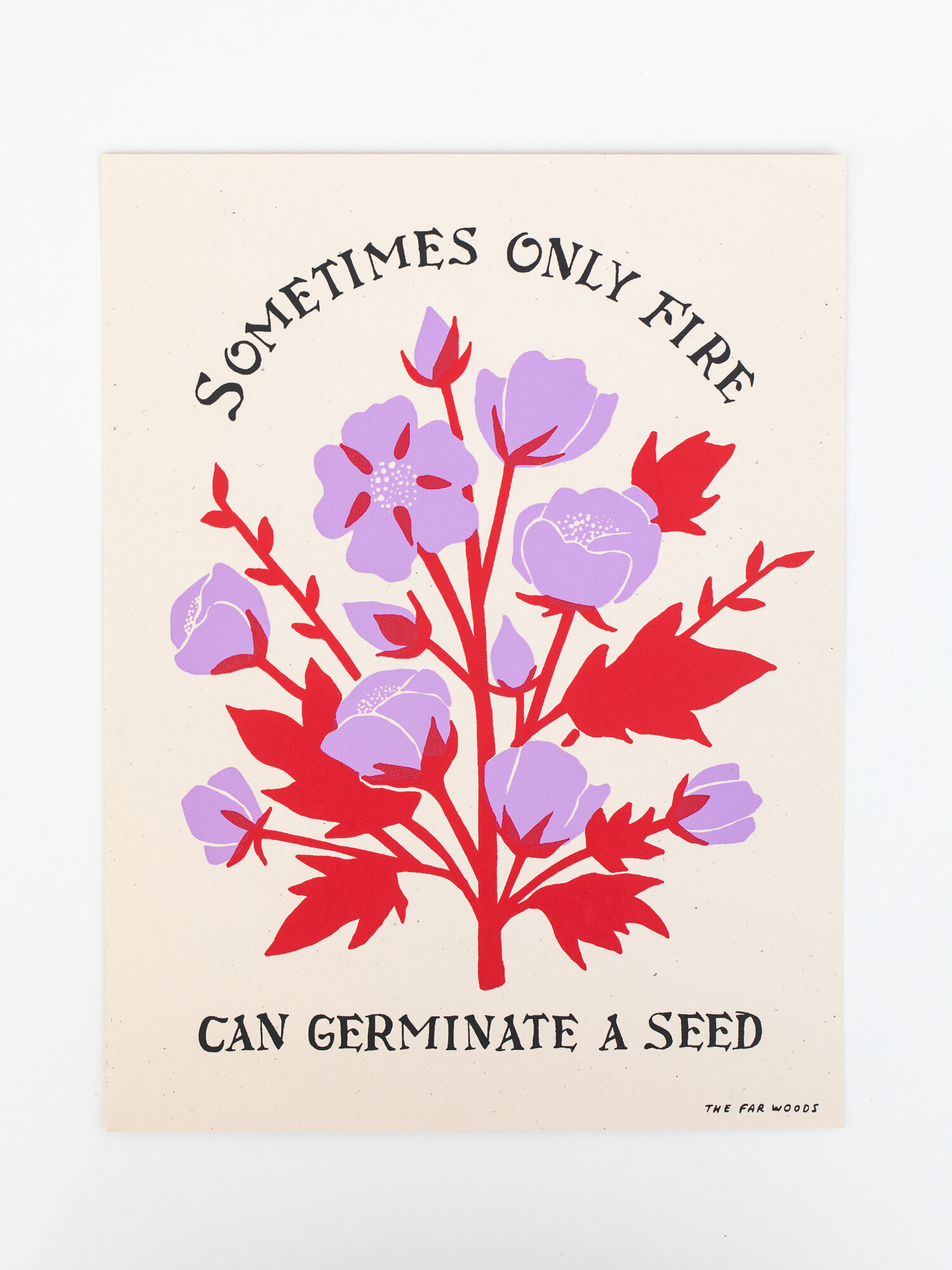by Rev. Dr. Melinda V. McLain
Good Table News
Great news for our site! It has been a LONG and winding road, but we finally have a building permit to begin the renovation of the Adachi site!
Deep thanks to all of you who have worked so hard to get us to this moment - especially our Project Manager, Colleen Rodger and Architect, Darrel DeBoer, plus all the folks from Planting Justice, the Good Table UCC, and all our wonderful community volunteers who have helped us reach this milestone! We are so grateful for all of you!
Come out for our next Community Work + Fun Day on Saturday, April 24th, 12p - 3p. Wear a mask, sturdy shoes, and bring gloves and gardening gear.
In the Community
Last week got me thinking about neighborliness and community.
We live along a creek, and several trees have fallen, necessitating their removal. These are BIG trees: 40-50 feet and the creek is “private”, so it is a collective responsibility. The laws around this are pretty complicated as well.
Colleen with a log from one of the trees
One of our trees fell across the creek on the land of one of our neighbors and they also had one come down onto our side. We have the best access, so they found us via NextDoor and we decided to hire the same person to do the work via coming through our yard. This meant we had to sell and move out an old trailer, which was a multi-step, difficult process.
Meanwhile, there was another big tree blocking the creek that two other neighbors on the other side couldn’t decide as to whose responsibility, so the neighbors who originally contacted us had the crew pull it out at their expense. Doing this necessary tree work is difficult and expensive. We were so fortunate to have generous and kind neighbors to work with, but I worry about other neighbors who may not have the wherewithal to hire tree folks to come do this work well. And I’m concerned about neighbors who have a hard time getting along. This spirit of neighborliness made this process so much easier than it could have been. It showed me, once again, how vital community is, especially after the year we’ve all had.
Also, the tree guys pointed out a wild bee hive along the creek so now we know where all our bees come from! Sadly, we also now know that one of our huge stands of bay laurels has a fungus that is hollowing them out. All of this is likely is a result of the long drought. It’s sad, magnificent, and some folks are in danger of having a big tree land on their house. Doesn’t that just epitomize the times: tragic, beautiful, deeply sad, with moments of great joy and working together. That’s a broader metaphor for life, I think, written in the trees.
A wild bee hive is living in the crevice in the tree trunk on the left
If you’d like to learn more about our local creeks and want to help, check out: SPAWNERS, a great local group working to restore our watersheds.






















